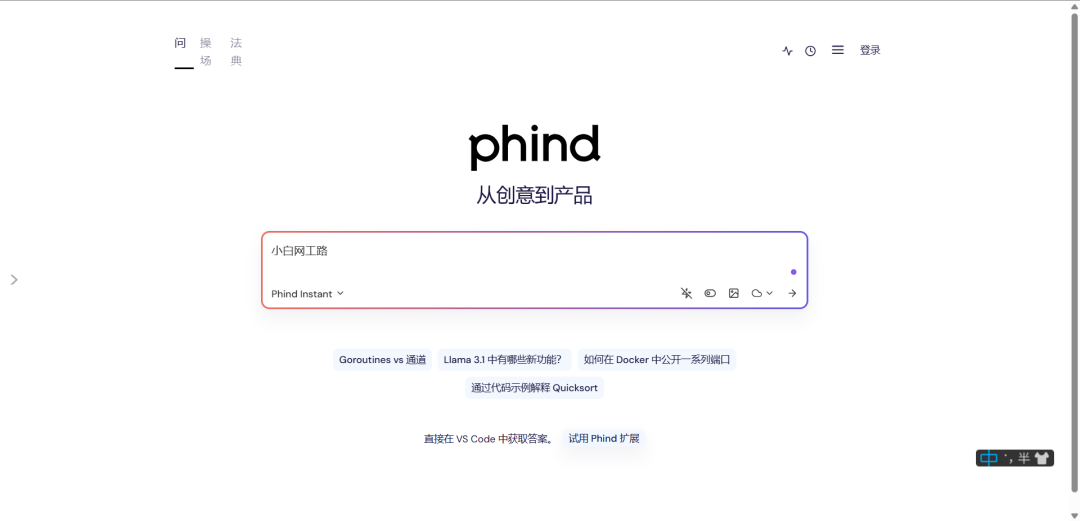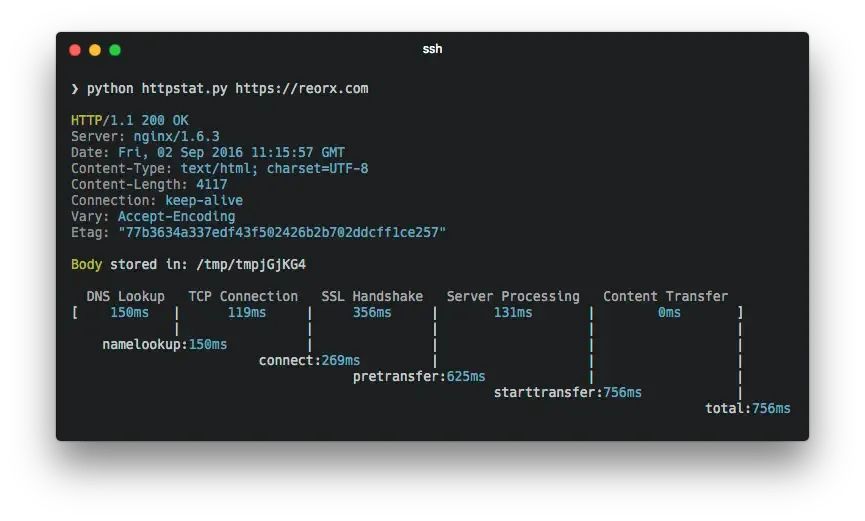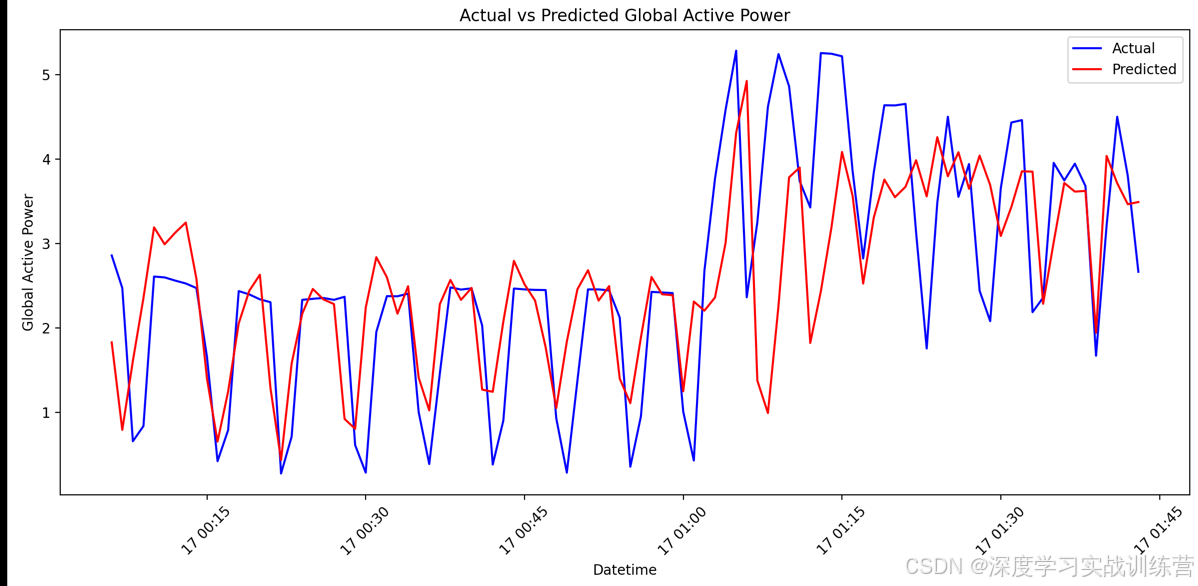1 django如何处理一个请求
首先Django要使用根URLconf模块,通过setting.py配置文件的ROOT_URLCONF来设置。

加载该模块后并查找变量 urlpatterns。这是一个Python的django.conf.urls.url()实例列表。

Django按顺序运行每个URL模式,并在匹配所请求的URL的第一个URL中停止。如下图所示,如果请求的URL是http://127.0.0.1:8000/login,那么当执行到标记的部分URL时,就会结束URL匹配,并跳转到后续的地方执行代码

如果没有正则表达式匹配,或者在此过程中的任何一点出现异常,Django将调用适当的错误处理视图。
2 配置子URL路由表
在任何时候,您urlpatterns都可以“包含”其他URLconf模块。使用include关键字包含app中的子路由
from django.urls import include, path
urlpatterns = [# ... snip ...path('community/', include('django_website.aggregator.urls')),path('contact/', include('django_website.contact.urls')),# ... snip ...
]
请注意,此示例中的正则表达式没有$(字符串尾匹配字符),但包含尾部斜线。
path('community/', include('django_website.aggregator.urls')),
如上面的代码所示,当URL是http://127.0.0.1:8000/community/...时,只要是community/…的URL都会去django_website这个app下面的aggregator子app的urls.py中的urlpatterns去匹配路由,django_website.aggregator.urls中的path是去掉之前匹配前缀的。
如请求的URL是http://127.0.0.1:8000/community/test/1,当主URL路由表的内容是 path('community/', include('django_website.aggregator.urls')),时,django_website.aggregator.urls的path内容是 path('test/1', xxxx, name="xxxxx")



















